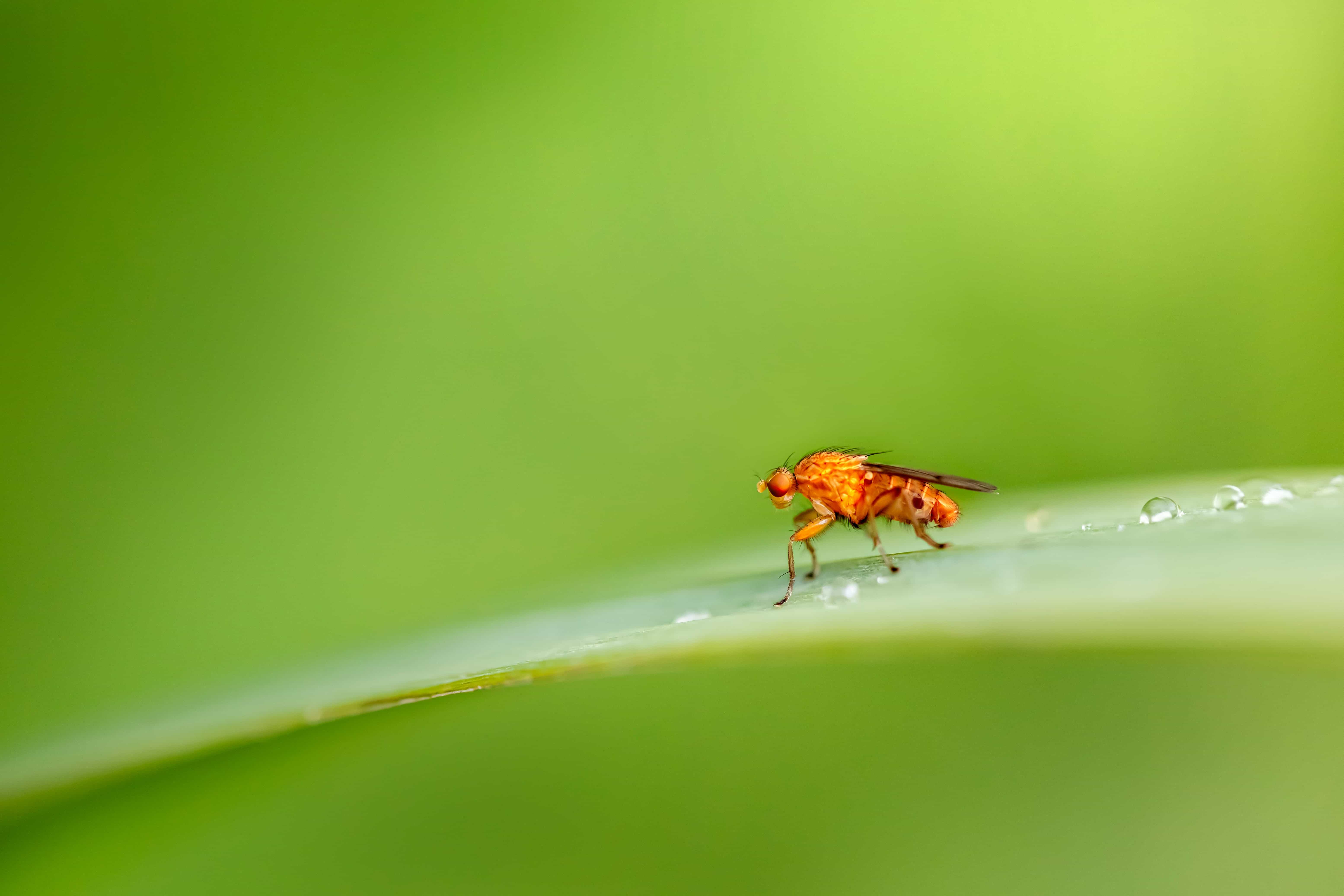When fruit flies emerge from their pupal case, they face one last incredible transformation - unfolding their crumpled wings into a fully functional flight apparatus. This dramatic process occurs in just a few minutes and involves a fascinating combination of biological and mechanical forces. A recent study has uncovered the intricate mechanics behind how the tiny insect, Drosophila melanogaster, achieves this feat, shedding light on both natural design and potential engineering applications.
The Mechanics of Wing Deployment
The journey from folded to flat starts with an increase in the fly’s internal pressure, driven by swallowing air and contracting its abdomen. This pressure pushes hemolymph, the insect equivalent of blood, into the wings. The wings, initially packed like origami, begin to unfold and expand into their final form.
Scientists discovered that this isn’t just a simple unfolding of folds. The wing tissue itself stretches and expands, with its cellular structure playing a critical role. The thin, outer cuticle of the wing smooths out wrinkles without stretching, while the internal epithelial cells expand significantly, enabling the wings to grow to their full size.
High-Tech Tools Reveal the Process
To understand this transformation, researchers used advanced imaging techniques, including X-ray micro-CT scans and high-resolution microscopy. These tools allowed them to examine the wing’s structure before and after deployment. The wing is made of two thin sheets of tissue connected by tiny pillars arranged in a hexagonal pattern. This design provides both flexibility and strength, essential for withstanding the forces of flight.
By injecting fluorescent beads into the hemolymph, scientists tracked its flow through the wings, confirming that the pressure evenly distributes the fluid throughout the wing’s intricate internal structure.
A Delicate Balance of Forces
The study revealed that the process relies on a delicate balance between the stiffness of the wing material and the internal pressure. If the pressure is too high, the structure could tear. Conversely, if the material is too rigid, the wings might not fully deploy. This balance is achieved through the wing’s unique design, which combines structural flexibility with strategic stiffness.
Insights for Science and Engineering
The findings have implications beyond biology. Understanding how flies deploy their wings could inspire innovations in engineering, particularly in the design of deployable structures. From soft robotics to aerospace technology, the principles observed in Drosophila could inform new ways to create materials and devices that morph from compact to extended shapes.
Nature’s Engineering at Work
This study highlights the incredible efficiency and complexity of natural design. In just minutes, fruit flies transform their wings from crumpled structures into flight-ready blades, all without cellular growth or mechanical help. Instead, they rely on a clever interplay of biological materials and physical forces.
As we continue to study processes like these, we not only deepen our understanding of the natural world but also open doors to innovative solutions in technology and engineering. Fruit flies may be small, but their remarkable wing deployment is a big leap forward in our knowledge of biomechanics.


